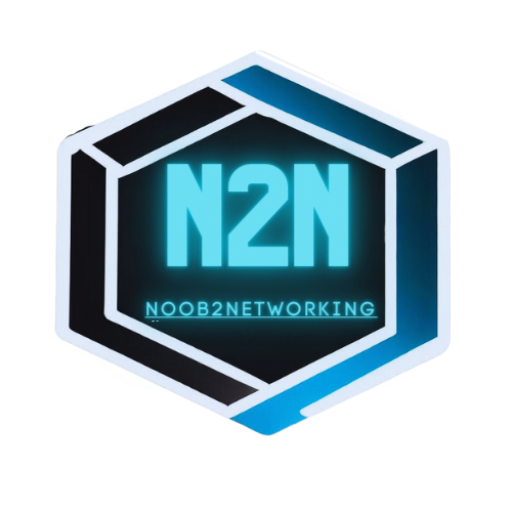If you’re new to the world of network management, you’ve probably heard the term SNMP thrown around. SNMP, or Simple Network Management Protocol, is a powerful tool that allows you to monitor and manage network devices from a central location. But what exactly is SNMP, and how can it benefit you and your organization?
What is SNMP?
At its core, SNMP is a protocol that allows network administrators to monitor and manage network devices. SNMP works by collecting data from network devices, such as routers, switches, and servers, and sending that data to a central management system. This allows administrators to monitor the health and performance of network devices, identify potential issues before they become major problems, and make informed decisions about network upgrades and expansions.
How Does SNMP Work?
SNMP works by using a simple client-server model. A central management system, known as an SNMP manager, collects data from network devices, known as SNMP agents. This data is stored in a central database, which can be used to generate reports, monitor trends, and identify potential issues.
One of the key features of SNMP is its ability to monitor a wide range of network devices, regardless of manufacturer or operating system. This means that SNMP can be used to monitor devices from multiple vendors, making it an ideal solution for organizations with complex, heterogeneous networks.
SNMP Versions
SNMP has evolved over the years, with new versions adding additional features and functionality. The most commonly used versions of SNMP are SNMPv1, SNMPv2c, and SNMPv3.
SNMPv1 is the oldest version of SNMP and is still widely used today. It provides basic network management features, such as the ability to monitor device status and performance.
SNMPv2c is an updated version of SNMPv1, with additional features and functionality. It includes support for bulk data transfer, allowing administrators to collect large amounts of data quickly and efficiently.
SNMPv3 is the newest version of SNMP and includes advanced security features, such as encryption and authentication. This makes it the ideal solution for organizations that require strict security measures.
Benefits of SNMP
SNMP offers several benefits for network administrators and organizations, including:
- Improved network performance and reliability
- Early detection and resolution of network issues
- Reduced downtime and maintenance costs
- Increased visibility into network performance and usage
- Better alignment of network resources with business objectives
In Conclusion
If you’re looking for a way to simplify network management and improve the performance and reliability of your network, SNMP is an excellent choice. With its powerful features and flexibility, SNMP can help you get the most out of your network, while reducing downtime and maintenance costs. So why wait? Start exploring the world of SNMP today!


3 responses to “Throttling Thursday: A Beginner’s Guide to SNMP – Simplifying Network Management”
If you are a fan of online casino games then you need to check out onlinecasinogamesjilicaishen! I’ve been playing for a bit and I love the games on there. Try your luck!: onlinecasinogamesjilicaishen
Yo, gave gu88 a spin. Pretty cool setup, actually. Might be worth checking out if you’re bored. Here’s the deets: gu88
If you’re into the old-school stuff, classicslots777 is worth checking out. Reminds me of the good ol’ days! Might not blow your mind, but it’s a decent place to kill some time.